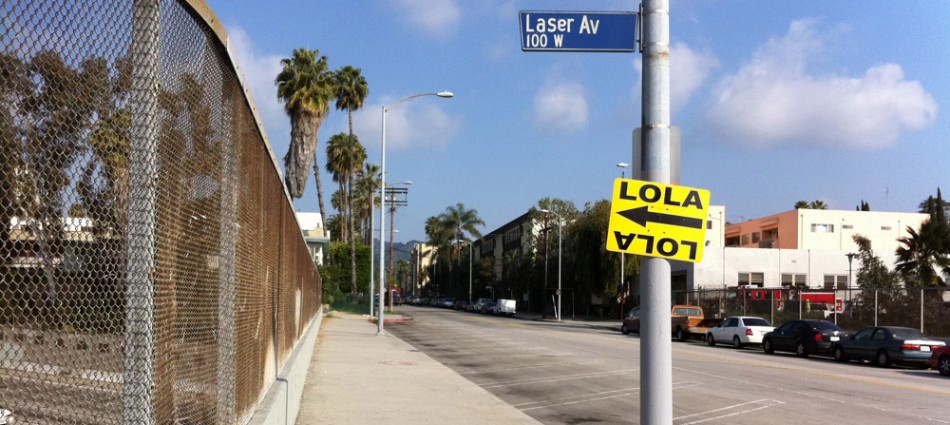Make Something !
lola@lasersoverlosangeles.com

Custom Stencil Walkthrough
Laser Cutting Stencils Is A Great Idea!
You can get fine detail out of a number of thin sheet materials like PETG, oilboard and just regular old paper that make laser cutting a great technique for getting your design applied to a physical surface quickly. However there are a few things to keep in mind to make the process go just how you want it while remembering that a stencil needs to:
1 Allow paint to go where you want it,
2 Prevent it from going where you don’t and
3 Physically stay in one piece so you can apply the paint (not break apart during transport and application)
Set Where You Want Paint As Black And Everything Else As White
In our experience this is the easiest way to prevent getting confused as to what is getting removed and what is staying. The black will be cut out and the white will remain, in other words what we will hand you back will be the white areas with the black areas removed to allow the paint/ink/etc through to whatever you are applying it to.
The White Areas Need to Stay Connected
Since we will be handing you what is represented by the white areas in the file, all the white areas need to be connected. Often in a design there will be a white area completely surrounded by black, this island is going to fall away into the void when it is cut out and that area will incorrectly get filled in with paint (an example is the triangle inside a capital A for Aaargh). But we can save those islands with a well-places bridge which connects the island to the mainland of the rest of the stencil to keep the design intact. Some times the amount of islands approaches infinity and their size becomes too small to actually attach a bridge (generally less than 1/8″). Imagine wanting to do a stencil of a bunch of confetti but wanting the paint to go where the background is rather than where the individual confetti bits are, having to run a bridge out to each confetti bit, it would destroy the look of the design! In that case we would recommend flipping the black and white to keep us all from going insane 🙂 The downside of these bridges is that they block the paint when it is applied, however they are generally thin enough to not be very noticeable and can also be painted in by hand with a small brush afterwards if need be.
Chunky Designs Work Best Rather Than Line Art
If you do an image search for stencils, generally you will find designs with large filled-in areas rather than fine line work. When the design has a lot of fine lines those translate into thin slots in the stencil material which may be difficult to get paint down into which can inhibit Item 1.
Let Us Know How They Are Being Used/Applied
Applying a stencil to a wall vs a floor or a ceiling has different requirements, we would add more bridges for a wall application so that long vertical parts don’t droop down (looking at you capital M), for ceiling applications we would add even more bridges to minimize any drooping at all as it’s hard enough up on that scaffold 😛
Also there are different recommendations for different paints/inks depending on what the surface is that you are applying it to so let us know so we can give you the best advice.
Repositionable Spray Adhesive Is Great!
To keep the bleed under the stencil to a minimum you can add a super light coating of repositionable spray adhesive to the backside of the stencil to give it some stickiness and tack it down to the surface. You should be able to remove the stencil without damaging the surface but don’t be too wild and crazy, just test it out first to make sure. You can always just add tape loops to a few places on the backside of the stencil as well. And how do spellcheckers still not recognize “REPOSITIONABLE” !
Clean The Stencil As Often As Possible
Paint will cake up surprisingly fast on a stencil which will cause it to warp and quickly become useless, if you keep it clean it will last a while. PETG is pretty good about resistance to solvents so you can clean it with acetone or paint thinner if you are using an oil-based paint. The sheets have a thin plastic mask on each side that you can remove to “reset” the stencil if it starts getting clogged with paint.
Advanced Stencil Techniques
Instead of using the stencil as the background, you can reverse it so you paint the background and leave the shape of the design empty. In this case, often the surface having the stencil applied to is interesting like a wall of stickers or heavily textured concrete, like a “ghost stencil.” Yeah, that sounds pretty good 🙂